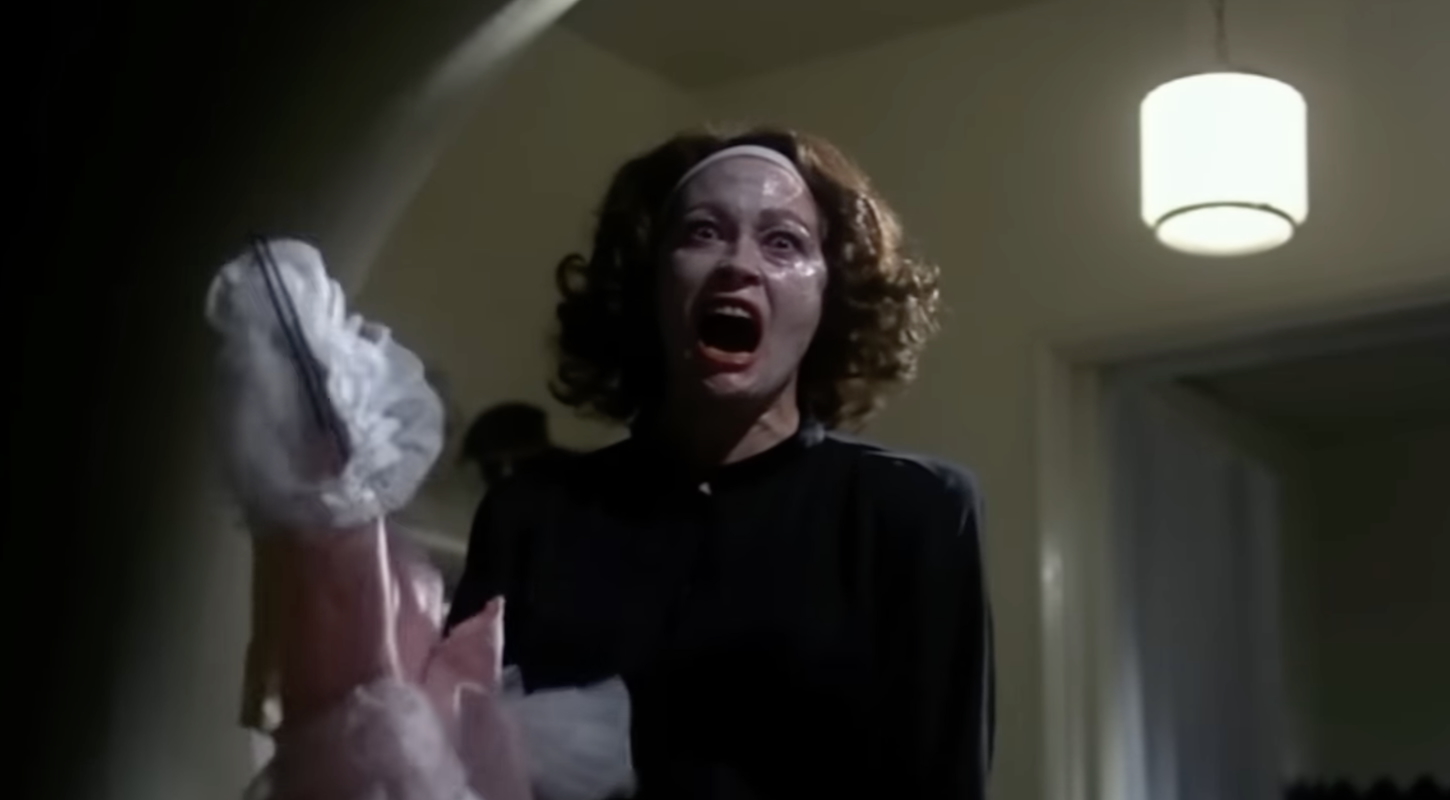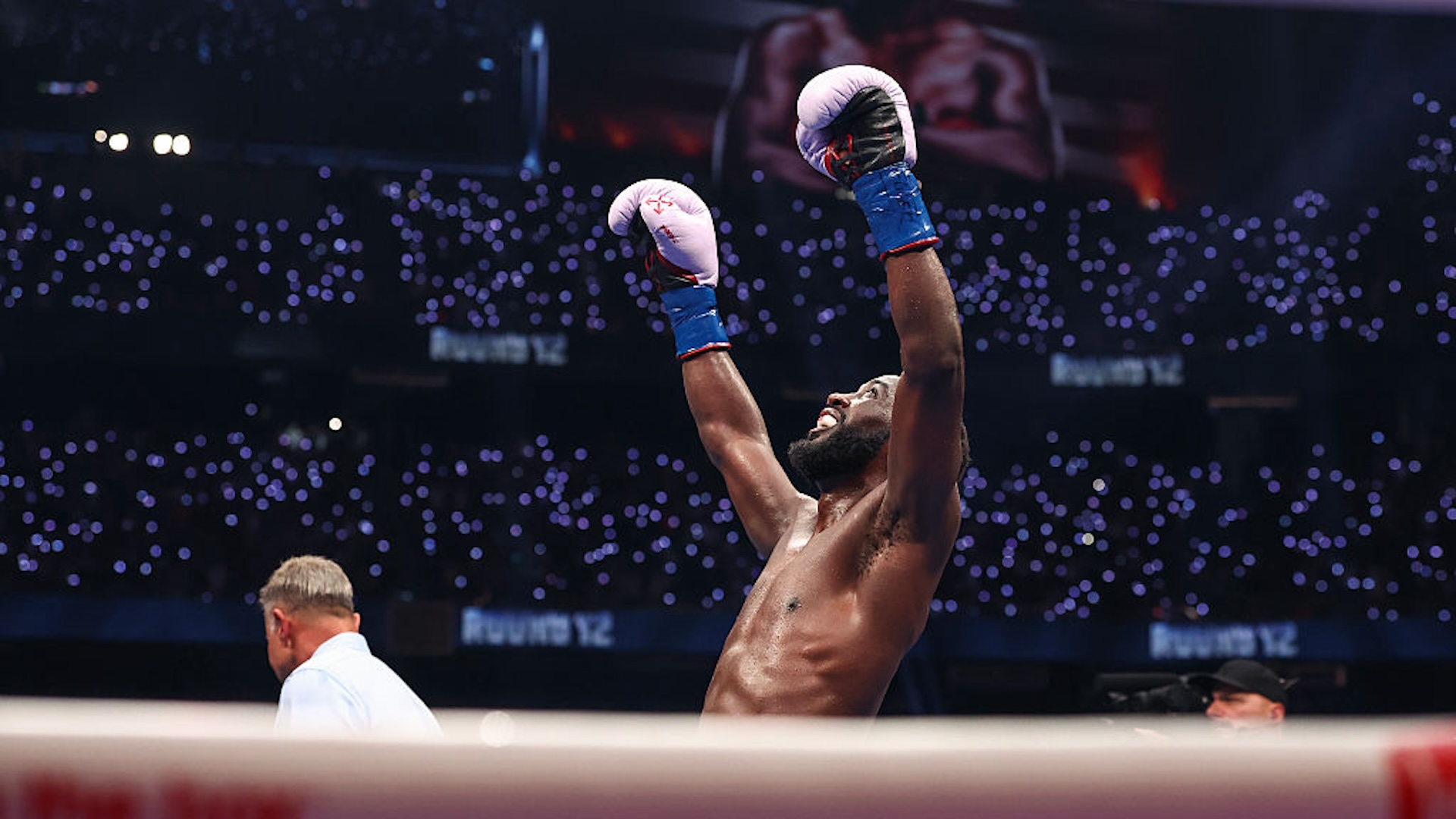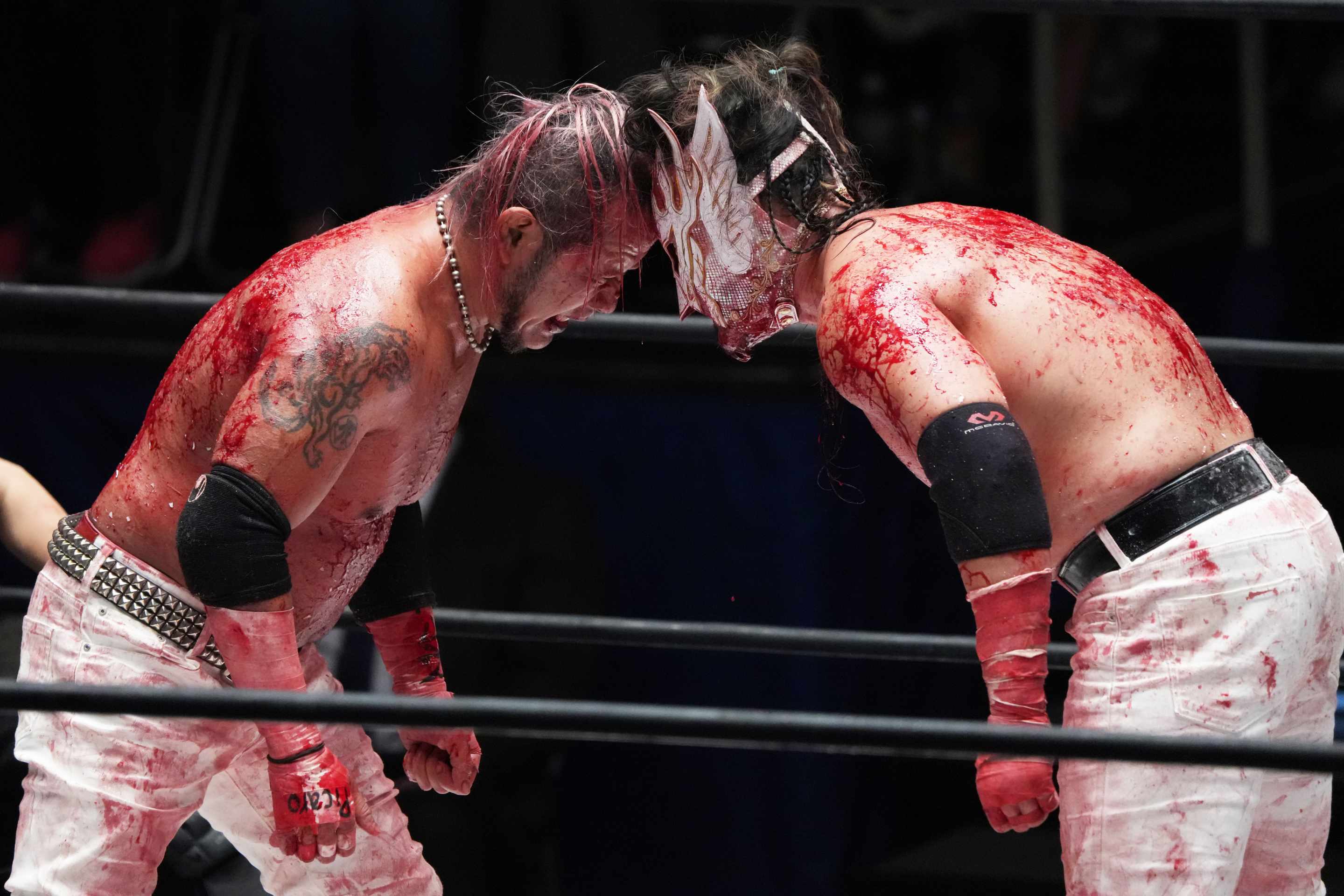Actresses are often tasked with doing a lot with just a little. There is no way around the fact that most movies are written by men, for men, about men, and as a result women usually figure into them in tertiary roles, as objects more than subjects in themselves. It's often thankless work, trying to portray a full person from within the confines of that box. The best actresses find a way to reorient the movie in their direction, if only for a moment or two. Diane Keaton, who died on Saturday at 79 years old, was one of the best at that.
In 1972's The Godfather, Keaton plays "the girlfriend" (who later becomes "the wife") in a gangster opera that is largely unconcerned with her. Yes, as Kay, she is in some ways the audience surrogate, a narrative device used to introduce us to this heavily Italian, heavily masculine, heavily traditional and honor-bound world, and also to reflect the horror we are meant to feel as Al Pacino's Michael gets sucked into the mafia lifestyle. At the same time, she is also a trophy, a box Michael has to tick off on his path to fill his father's shoes as the new boss. The role isn't given much depth or development or even space in a film full of acting titans all taking up as much space as possible. Instead, Keaton imbues her character with a dimensionality that isn't on the page just by the use of her face. Throughout the three Godfather movies, Keaton translates her horror and affection and uncertainty in her relationship with Michael with what she does with her face, always rosy and inscrutably searching. So much so that the first movie ends with her face as she watches her husband's transformation, only for a moment, before being shut out completely.
Keaton was an actress full of incredible intellect and wit and sensuality. She was the postmodern woman of the post-1970s America, as captured in many movies by Woody Allen and Nancy Meyers. Many of those movies are still great fun to watch. She is the icon of both Annie Hall and Manhattan, and it's a blast to see her as the object of affection for Keanu Reeves and Jack Nicholson in Something's Gotta Give. The appeal of a movie like The First Wives Club is heightened by the meta layer of this trifecta of the 20th-century woman in Keaton, Goldie Hawn, and Bette Midler, all together.
But when I think of what I loved so much about what Keaton brought to the movies, it was how much she could do with her face. Particularly in a movie like Reds, the big showy vanity project by Warren Beatty that Bradley Cooper could only dream of making. It's a masterpiece, and it owes a significant part of its status as one to Keaton. In a movie with Jack Nicholson at the tail end of his prime and Warren Beatty as the absolute king of Hollywood, Keaton carries so much of the film, sometimes with just her face.
The 1970s gave us a cavalcade of big actors who still hold power over the cinematic imagination to this day, and Keaton was right there at the top of that list. Even in a flawed work like Looking for Mr. Goodbar, where she has to carry a dark, psychological, often disjointed film, her movie-star quality, her thoughtful, literate style, and her face accomplish what the rest of the movie is too scatterbrained to get across. She is fully immersed and engaging, and you can't look away from her. You never really could.







